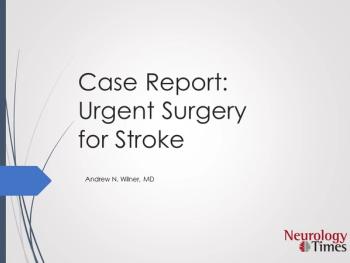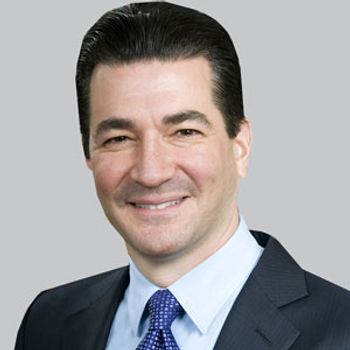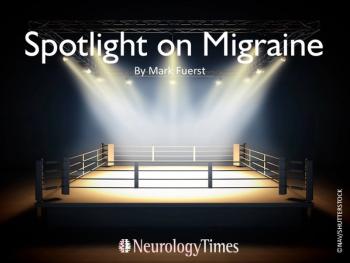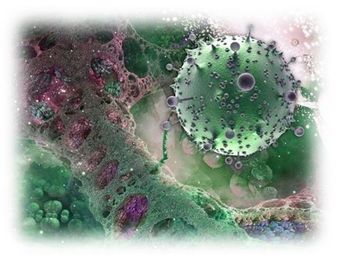
Symptoms of sudden onset of headache and decreased balance three days earlier prompted a visit to the emergency department.

Symptoms of sudden onset of headache and decreased balance three days earlier prompted a visit to the emergency department.

The director of the Center of Neurogenetics at Weill Cornell Medicine spoke about the wealth of improvements that have really turned this area of medicine into a much more hopeful one.

The CGRP inhibitors are poised to transform the treatment paradigm for patients with migraine and cluster headache.

The Global Medical Lead for Migraine and Headache at Teva Pharmaceuticals, the therapy’s developer, discussed its performance in patients with medication overuse headache.

Cannabinoids are being explored in a variety of conditions, ranging from Alzheimer disease to migraine.

Physicians offer perspectives on newly approved products to prevent migraine.

What differentiates migraine from underlying intracranial pathology that may require neuroimaging, like tumors, abscesses, aneurysms, or hemorrhages? Test your skills with this 5-question quiz.


The medical director of digital health at Cleveland Clinic spoke about the role telehealth plays in a society where technology constantly advances and changes.

Digital medicine is used to increase access for rural and underserved areas, allowing for the delivery of patient care, patient monitoring and specialist consultations.

Silberstein spoke about the high prevalence of individuals with migraine in the United States, adding that the major problem in the space today is the lack of resources.

Neurology News Network for the week of September 28, 2018.

This approval marks the third of its kind in the calcitonin gene-related peptide inhibitor class, starting with erenumab in May 2018.

Silberstein spoke about the new mechanism-based treatments that are revolutionary in changing the treatment landscape of migraine.

Neurology News Network for the week of September 22, 2018.

The monoclonal antibody is now the second member of the CGRP inhibitor class to be approved by the FDA.

The third-generation, small molecule CGRP antagonist is the second Biohaven migraine therapy to reach human clinical development.

The director of the Dartmouth Headache Clinic at Dartmouth-Hitchcock Medical Center spoke about the potential of a DHE therapy for acute migraine treatment.

A 33-year-old woman has been experiencing recurrent episodes of nausea, headaches, and dizziness for the past 8 months. She has come to the emergency department because she is concerned about her current episode, which is slightly different from her previous ones.

As a phase III trial of DHE gets underway, the director of the Dartmouth Headache Clinic at Dartmouth-Hitchcock Medical Center spoke about its clinical history in the United States.

A large study found an association between consumption of foods high in omega-3s and severe headache.

New research might make the case for a new headache subtype called “cochlear migraine.”

Neurologic complications remain a significant cause of long-term disability. Understanding and recognizing these conditions is crucial in effectively managing HIV.

Berk spoke to the important partnership between primary care and specialists in neurology.

With the pending decision on 2 more CGRP agents, the need for biomarkers to identify responders has never been greater.